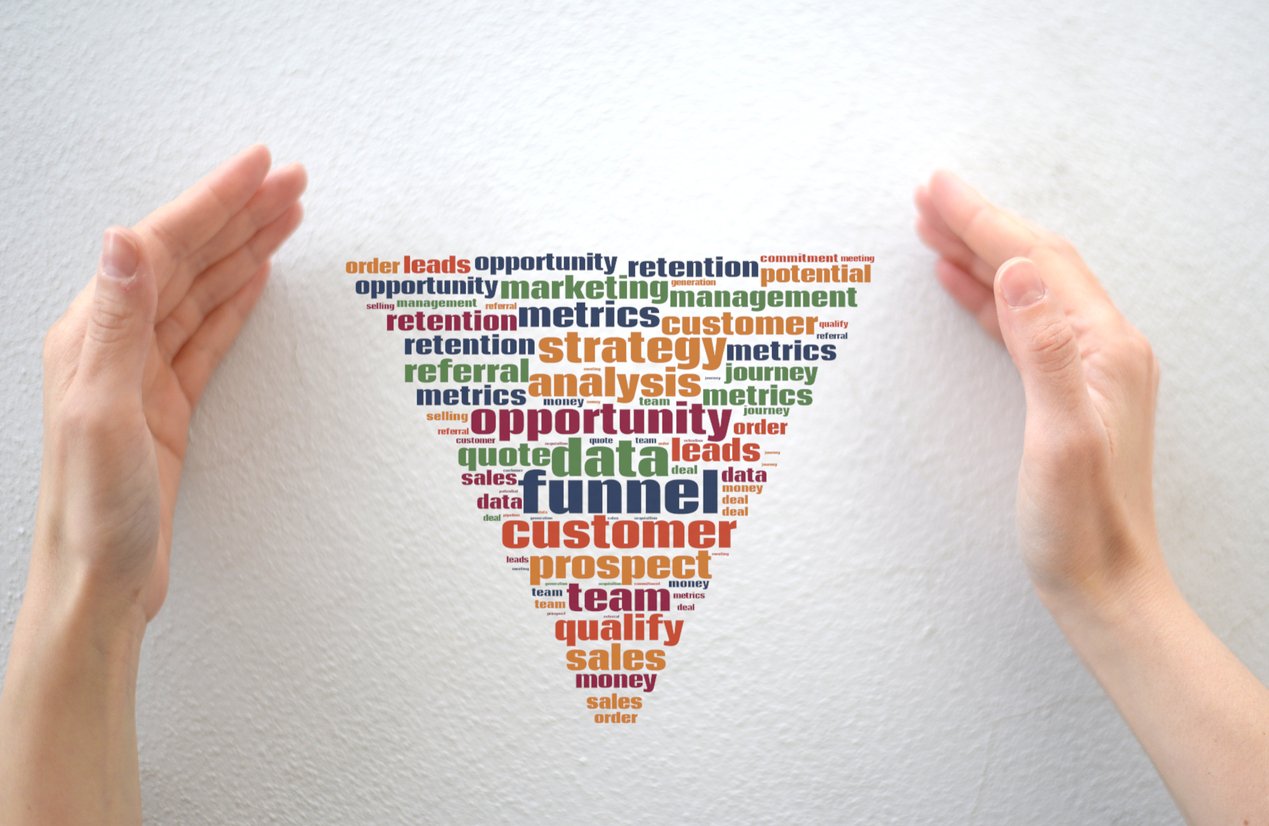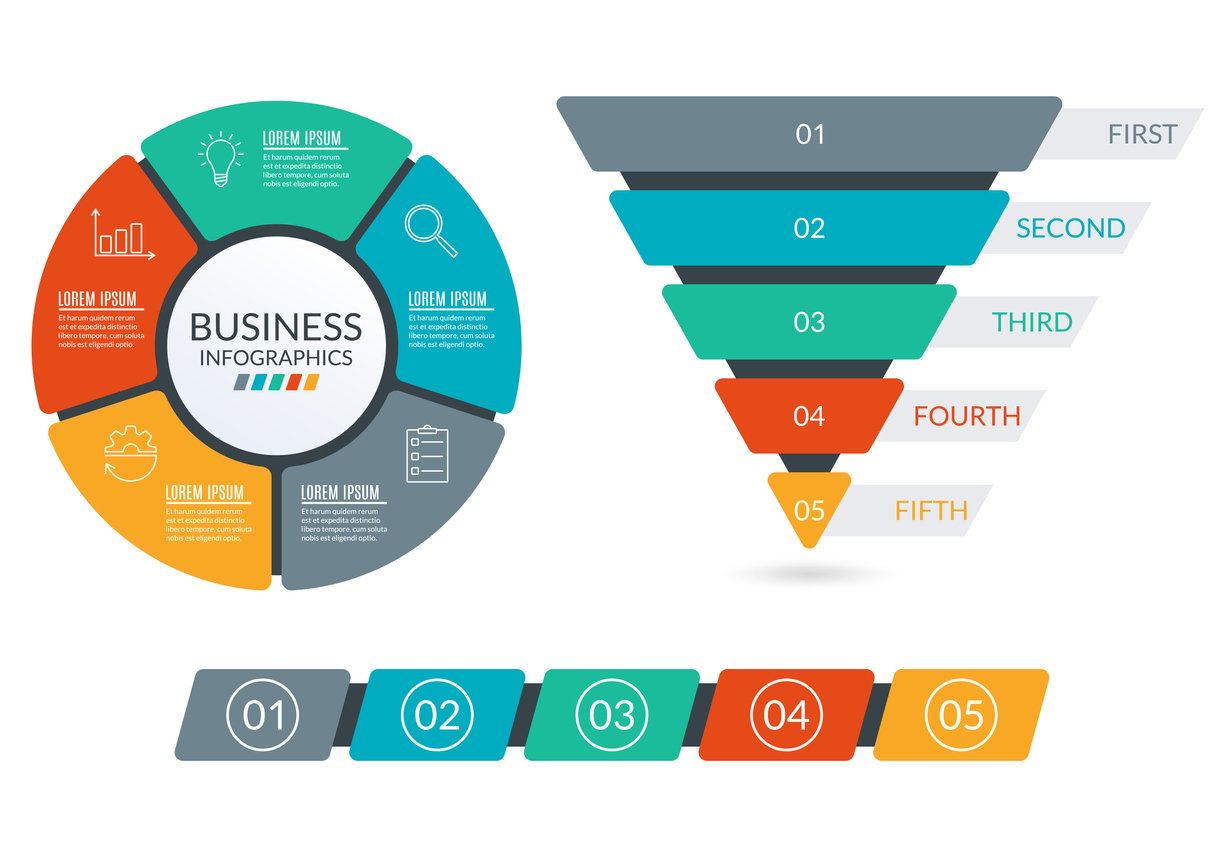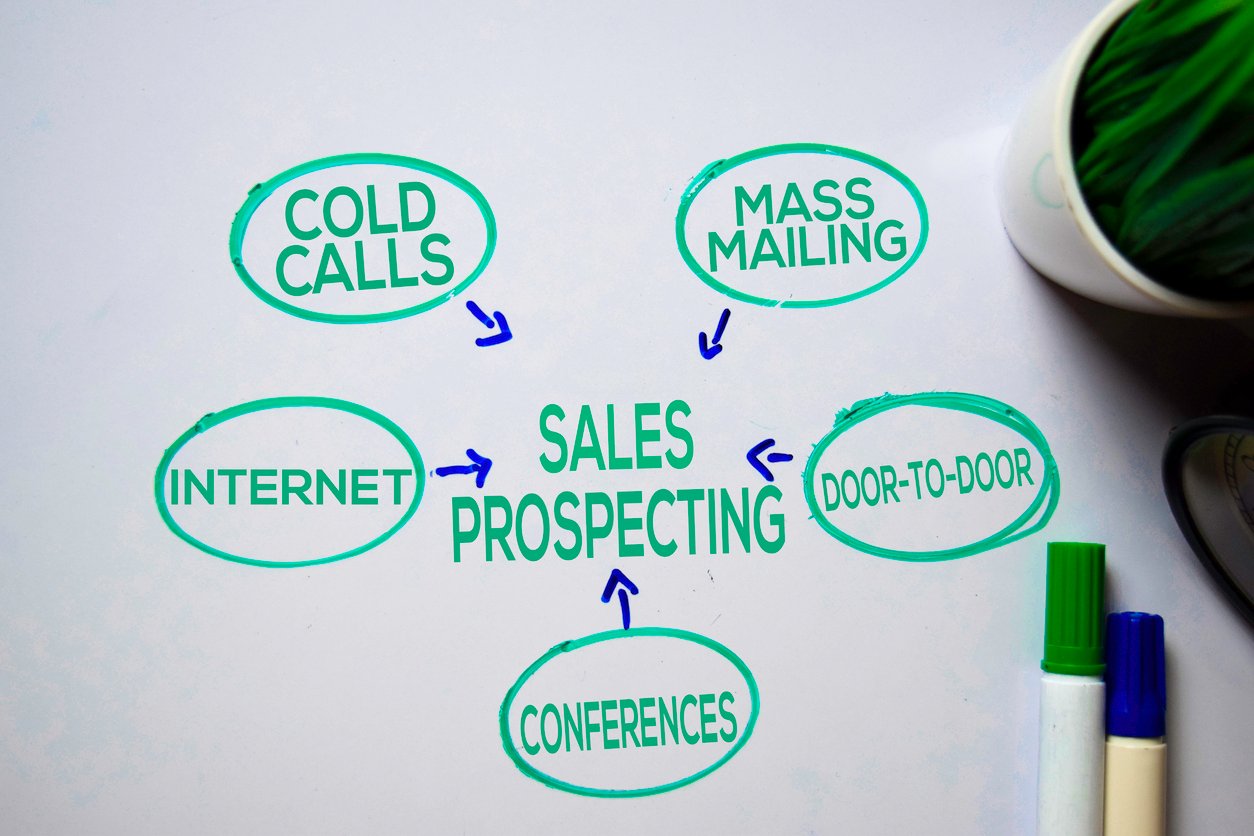
Your Guide to Designing a Winning Digital Customer Engagement Strategy
 Updated on
Updated on
 By Carlos Correa
By Carlos Correa
Carlos Correa
Carlos has been involved in the sales space for well over ten years. He began in the insurance space as an individual sales agent, managing teams as s...
learn more
Carlos Correa
Carlos has been involved in the sales space for well over ten years. He began in the insurance space as an individual sales agent, managing teams as s...
Table of Contents
Table of Contents
Getting people to click is one thing, but keeping them engaged is where the real challenge (and opportunity) begins. Every swipe, tap, or scroll is a chance to either build loyalty or lose a potential lifelong customer. That's why having a smart, well-structured digital customer engagement strategy isn't optional anymore. It's the difference between being remembered or forgotten.
Today's customers expect more than great products. They expect personalized experiences, instant support, and meaningful connections with the brands they choose.
And the good news? You don't need a massive budget or a team of engineers to make it happen. You just need a plan that meets your audience where they are, and nudges them forward, one interaction at a time.
In this guide, we'll walk through how to create a strategy that goes beyond generic touchpoints and delivers the kind of engagement that drives loyalty, retention, and long-term revenue. Let's get into it.
Key Elements of an Effective Customer Engagement Strategy

A great digital customer engagement strategy is crafted with intent. From the platforms you use to the tone of your messaging, every piece should work together to build trust, spark interaction, and keep customers coming back. Here's what that looks like in action:
Omnichannel Presence
Customers don't think in channels, they think in experiences. Whether they're scrolling on social, checking email, or using your app, the experience should feel seamless and connected. That's why an omnichannel approach is non-negotiable.
|
Channel |
Purpose |
|
Social Media |
Build community, gather feedback, and humanize your brand in real time. |
|
|
Deliver targeted updates, nurture leads, and keep your audience informed. |
|
Chatbots |
Provide 24/7 support, answer FAQs, and qualify leads instantly. |
|
Apps |
Enhance convenience, increase personalization, and create a direct line to users. |
Personalization Powered by Data Analytics
Customers are far more likely to engage when content feels relevant. Use behavioral data and past interactions to tailor messages, product recommendations, and offers. According to McKinsey, personalization can drive a 5 to 15% revenue lift when done right, because people respond to what feels like it was made for them.
Proactive Communication (e.g., Automated Reminders, Special Offers)
Don't wait for customers to act, get ahead of them. A timely nudge (like an abandoned cart reminder or a birthday discount) can make all the difference. Proactive engagement keeps your brand top-of-mind and shows customers you're thinking of them, even when they're not thinking of you.
Integration of Automation Tools Like Chatbots and Drip Campaigns
Automation doesn't mean sacrificing the human touch. It means scaling it. Chatbots handle common queries instantly, while drip campaigns keep the conversation going through helpful, time-based messages. These tools create consistent engagement without overwhelming your team.
Together, these elements form the foundation of any strong customer engagement strategy for online brands, giving you the structure to connect meaningfully and repeatedly with your audience.
How to Design a Customer Engagement Strategy

Building a strong digital customer engagement strategy starts with understanding your audience, then creating intentional moments that turn casual clicks into lasting relationships. Here's how to do it right:
1. Start by Mapping the Digital Customer Journey
Before you can engage customers, you need to understand how they interact with your brand, from discovery to post-purchase. Map out every digital touchpoint, including site visits, email opens, app use, and even responses to sales outreach. This gives you a blueprint for when and where engagement matters most.
2. Identify Key Moments to Engage (Welcome Messages, Abandoned Cart, Milestones)
Not every moment deserves a message, but the right message at the right time can drive serious results. Set up key engagement triggers:
- Welcome emails to set the tone
- Abandoned cart reminders to recover lost revenue
- Loyalty milestones to keep users excited
These aren't just polite gestures; they're proven types of sales promotion that boost conversions and keep customers in your orbit.
3. Choose Tools and Platforms That Align With the Brand's Voice and Audience Preferences
Your customers aren't everywhere, so don't try to be. Use tools that match both your brand's tone and your audience's habits. If your customers live in DMs, prioritize social automation tools. If they respond well to email drip campaigns or app push notifications, focus there.
Bonus: The right sales software often comes with built-in analytics, helping you measure performance without extra setup.
4. Measure, Iterate, and Optimize Based on Data Insights
A customer engagement strategy example is only valuable if it evolves. Track engagement metrics like click-through rates, open rates, churn, and lifetime value, and adjust your approach. Use A/B testing to refine messaging, and lean into what works.
Companies that adopt conversion rate optimization (CRO) tools, such as A/Btesting, and strategies increase their conversion rates by up to 30%, which is a significant increase in sales.
Effective engagement isn't set-it-and-forget-it. It's a loop: measure, tweak, repeat.
Customer Engagement Strategy Examples Across Industries

No two industries engage customers in the same way, but the best ones all use a smart digital customer engagement strategy tailored to their audience's needs. Below are a few standout examples that show how brands across different sectors are making meaningful connections at scale.
1. Retail
Retail thrives on immediacy and personalization. The competition is fierce, so brands have to meet customers with relevance and speed.
- Personalized Offers: E-commerce platforms like ASOS and Sephora use browsing history and purchase data to serve tailored discounts that drive repeat purchases.
- Loyalty Apps: Starbucks' app rewards system turns daily coffee runs into a gamified experience, and drives 40% of their UK revenue.
- Real-time Support: Many brands now offer live chat and chatbot assistance during checkout, which can reduce cart abandonment and boost conversions.
These are practical examples of customer engagement strategy in action, designed to deliver value and convenience.
2. Insurance
In insurance, trust is everything. Brands must engage in a way that's informative, timely, and reassuring. Here's how:
- Policy Renewal Reminders: These reduce churn and reinforce reliability. Automated alerts can be tied to email, SMS, or app notifications.
- Educational Content on Coverage: Providers like Lemonade and GEICO use blog posts, videos, and infographics to simplify complex topics and build credibility.
- Personalized Risk Assessments: Data-driven tools help customers understand their risk profile and choose the right policies, turning confusion into confidence.
Here, a solid customer engagement strategy for online brands means using digital tools to inform, not overwhelm.
3. Finance
Financial services demand security, clarity, and trust. Customers expect smooth digital experiences without sacrificing control over their money.
- Secure Messaging: Apps like Revolut and Chime offer in-app chat and encrypted updates, giving customers peace of mind with every interaction.
- Educational Content: Banks like Ally and Chase publish guides and video explainers to help users navigate credit, loans, and budgeting.
- Personalized Financial Advice: AI-powered recommendations based on transaction history can increase user retention and cross-sell opportunities, especially when paired with proactive alerts.
A successful digital customer engagement strategy in finance not only answers questions but also anticipates them.
Conclusion

Designing a strong digital customer engagement strategy is a key driver of loyalty, retention, and long-term growth. The best strategies are built on knowing your audience, delivering value at the right moments, and continuously optimizing based on real insights.
If you're ready to turn engagement into revenue, Ringy CRM can help. With powerful automation features, multichannel communication tools, and seamless integration options, Ringy makes it easier to connect with your audience, manage follow-ups, and personalize every interaction.
Start building a smarter engagement strategy by scheduling a demo of the CRM built for modern businesses.

Skyrocket your sales with the CRM that does it all.
Calling? Check. SMS? Check. Automation and AI? Check. Effortlessly keep in touch with your customers and boost your revenue without limits.

Take your sales to new heights with Ringy.
Sales in a slump? Ringy gives you the tools and flexibility you need to capture leads, engage with them, and turn them into customers.
Subscribe to Our Blog
Enter your email to get the latest updates sent straight to your inbox!
Categories
Related Articles




































































































